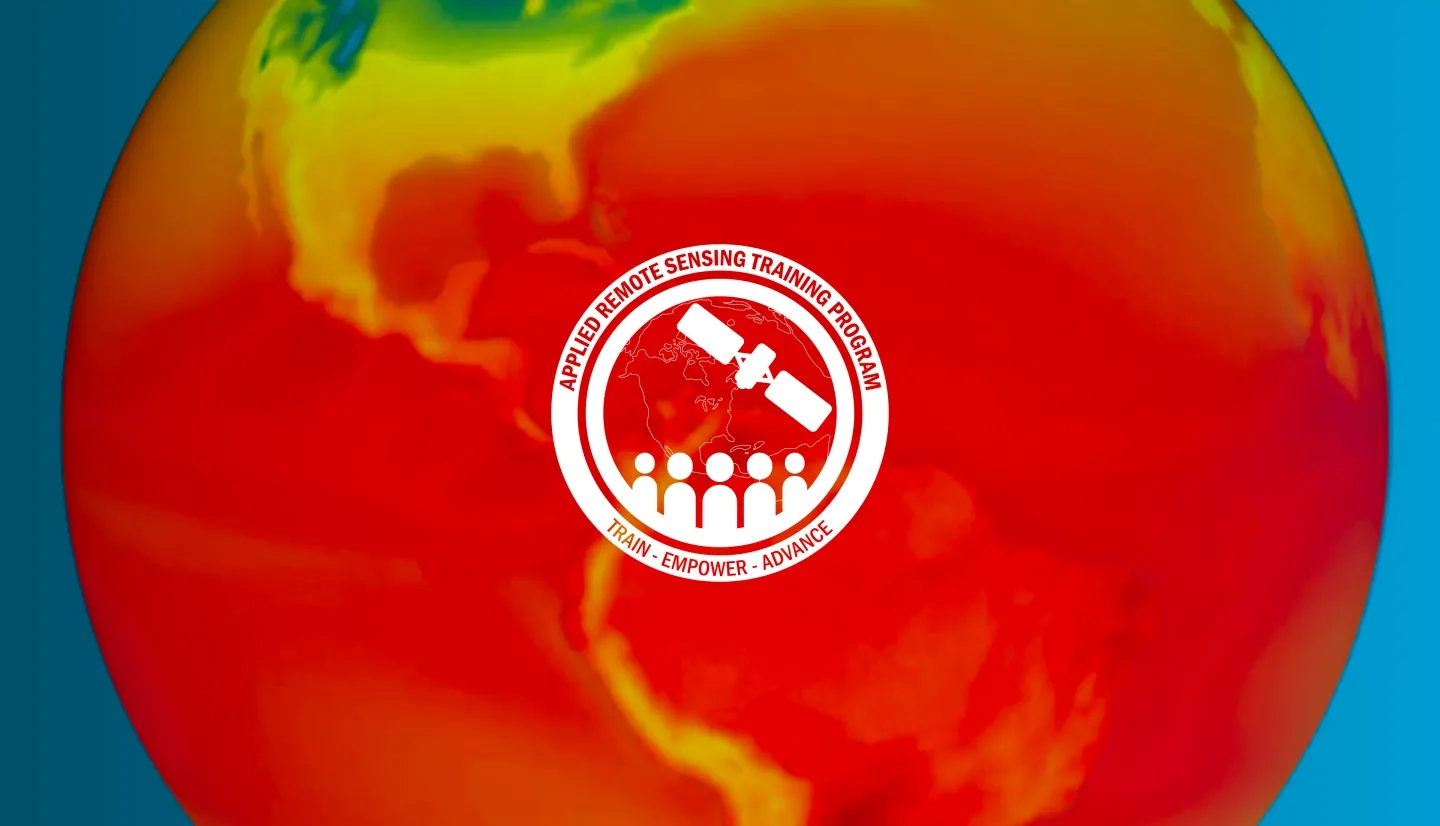Description
Energy impacts everything we do, from providing basic services such as cooking and cleaning to providing development opportunities and improving overall quality of life. However, energy management, through energy production, transmission, and distribution, is impacted by environmental and climate conditions, including weather patterns or extremes and climate change. Energy providers are turning to cleaner and renewable energy sources, as well as assessing and implementing actions to make their energy management activities more resilient to environmental hazards. Decision-makers need to better understand where energy resources exist and how they are impacted by physical environmental conditions, weather, and climate.
This training will offer participants an introduction to how NASA EOs can contribute to a greater understanding of energy management applications. The course will summarize priorities and challenges for energy management and how various NASA EOs can support decision-making. Attendees will gain familiarity with a broad set of relevant NASA datasets, tools, platforms, and resources, as well as hear about case studies and real-world applications related to climate resilience, energy efficiency, and renewable energy.
By the end of this series, attendees will:
- Be able to summarize priorities and challenges in the energy management sector and how Earth observations can support decision-making
- Become familiar with online tools for acquiring data from satellite missions and visualizing data or conducting analyses
- Be aware of various use cases for Earth Observations in energy management for renewable energy, energy efficiency, and climate resilience
The audience is primarily energy management professionals and decision makers from local government, state agencies, the private sector, or other stakeholders (e.g., electric utilities).
- Four 90-minute sessions
This section includes an introduction to the energy sector and climate resilience, including how NASA EOs can support efforts in improving climate resilience and sustainability for improved energy management. A demonstration of the ESRI StoryMap for Electric Utilities will be offered to explore various energy-specific data parameters and variables. It will be followed by a question-and-answer session.
Materiales en Español:
We will present various real-world, illustrative examples of the ways in which NASA EOs may be combined with other datasets to better understand the impact of extreme events, such as wildfires and hurricanes, on energy infrastructure. Additional examples focused on the application of NASA EOs for monitoring renewable resources for energy management will also be presented. Participants will be encouraged to participate in a question-and-answer session with presenters.
Materiales en Español:
We will present an overview of the Earth Observations (EOs) data products available through the NASA Prediction of Worldwide Energy Resources (POWER) Project to support Renewable Energy and Building Energy Efficiency Applications. Including how the EOs data products are produced and how they can be accessed through the POWER web services and tools. This will be followed by a question-and-answer session.
Materiales en Español:
We present a brief review of the NASA Prediction of Worldwide renewable Energy Resources (POWER) Project web services, tools, and key partnerships that facilitate usage of NASA Earth Observations (EOs) data. Then we discuss illustrative case studies of how POWER data are used for applications in solar energy, wind energy, and energy efficiency, followed by a question-and-answer session.
Materiales en Español:
- Diapositivas de la Presentación



